The Rudston Monolith
Standing in the Norman churchyard of All Saints Church, the Rudston Monolith is the highest standing stone in Great Britain at 7.6m (25ft) with a 5m circumference and an estimated weight of 40 Tonnes.
An experiment run by William Strickland in the 18th century suggests the stone may extend underground to a similar depth as it high above ground.

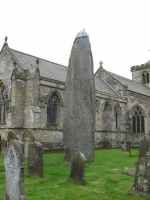
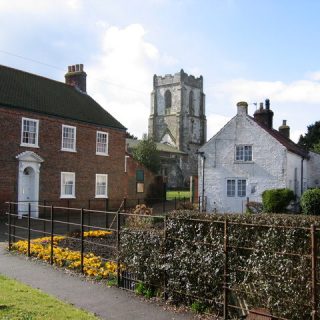
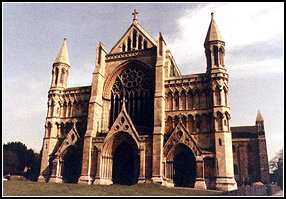
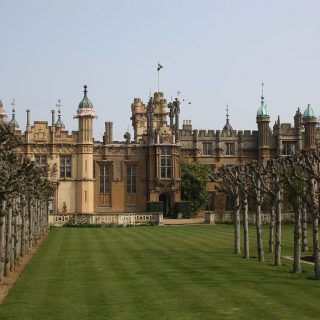
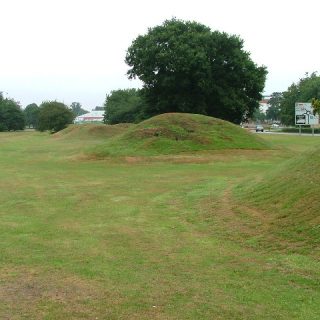
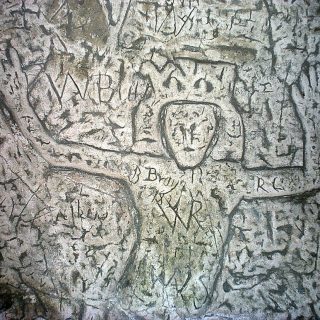
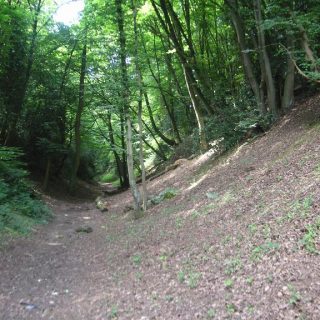
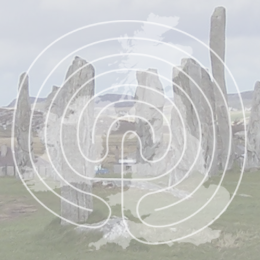
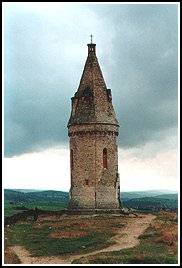
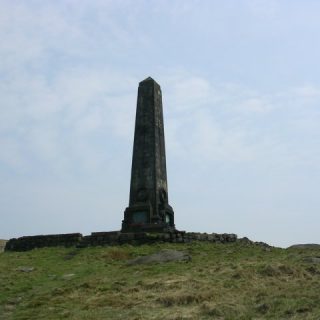
Recent Comments